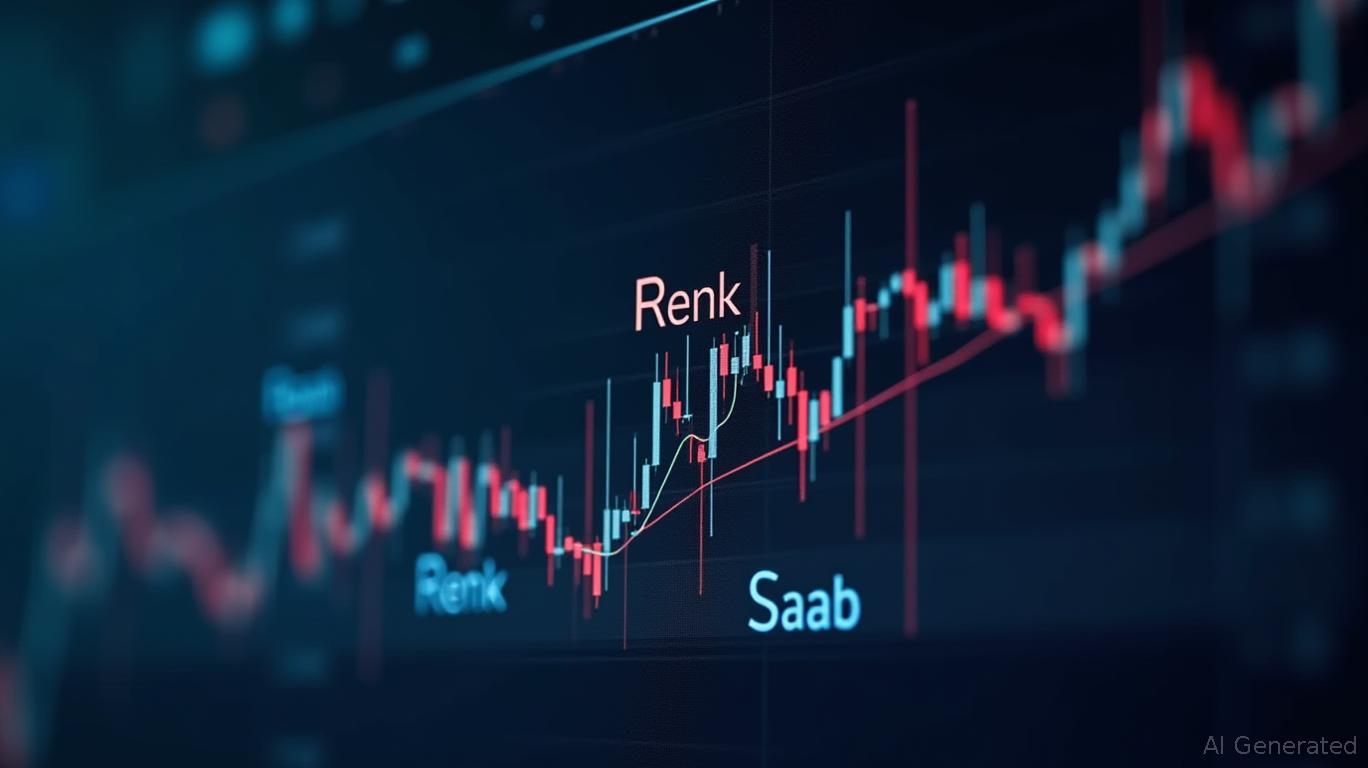ICE's EUA 2 Futures Pave the Way for a Broader Carbon Market Expansion
The Intercontinental Exchange (ICE) has taken a pivotal step in the evolution of global carbon markets with the launch of its EU Carbon Allowance 2 (EUA 2) futures contract on May 6, 2025. This move aligns with the European Union’s ambitious plan to expand its Emissions Trading System (ETS) into new sectors, creating a market mechanism to address emissions from buildings and road transport by 2027. The EUA 2 futures, which drew immediate interest with trading equivalent to 5,000 allowances on day one, signal a critical shift in how industries will manage compliance costs under the EU’s expanded climate policies.

The EU’s Carbon Market Expansion: A New Frontier for Emissions Regulation
The European Union’s Emissions Trading System 2 (ETS2) will regulate approximately 20,000 entities previously exempt from carbon compliance, including sectors such as commercial buildings, residential heating, and road transportation. This expansion aims to cover 80% of the EU’s economy by 2027, doubling the scope of the existing ETS1 framework. For these newly regulated industries—many of which are unaccustomed to carbon pricing—the EUA 2 futures offer a vital tool to hedge against the financial risks of rising carbon costs.
Ask Aime: "Understanding EU Carbon Trading System 2 and Its Impact on New Sectors"
The EUA 2 contracts will mirror the structure of ICE’s existing EUA futures, the world’s most liquid carbon derivatives market. However, their timing is strategically aligned with ETS2’s 2027 implementation, giving market participants years to prepare. Gordon Bennett, ICE’s Global Head of Environmental Markets, emphasized the launch’s significance: “The carbon price set by ETS2 will drive investments in low-emission technologies and building renovations. This futures contract is a cornerstone of that transition.”
Ask Aime: How will the EU's Carbon Allowance 2 futures contract impact the global carbon market?
Early Momentum and Market Sentiment
Initial trading volumes for EUA 2 futures suggest strong demand. The equivalent of 5,000 allowances changed hands on the first day, a modest but promising start given the contract’s forward-looking nature. Key market participants, including Trafigura, Macquarie, and Vertis, praised the product’s role in enhancing price transparency and risk management. Bartosz Wilamowski of Vertis noted, “For sectors newly exposed to carbon costs, these futures are essential for financial planning and risk mitigation.”
ICE’s environmental markets division already processes over $1 trillion in annual trading volume, with a history of executing 173 billion carbon allowances since its inception. The addition of EUA 2 futures positions ICE as the first major exchange to offer ETS2-linked contracts, a strategic advantage over competitors like the European Energy Exchange (EEX), which plans to launch its own ETS2 futures in July 2025.
The Investment Case for ICE: Riding the Carbon Market Wave
The EUA 2 launch underscores ICE’s focus on environmental markets as a growth driver. Analysts estimate ICE’s earnings could rise from $2.78 billion in 2025 to $3.8 billion by 2028, driven by expanding environmental products and technology-driven efficiencies. The company’s early-mover advantage in ETS2-linked derivatives may also attract liquidity ahead of the 2027 implementation deadline.
However, competition from EEX and other exchanges could test ICE’s dominance. The success of EUA 2 will hinge on its ability to attract hedgers and speculators, as well as the EU’s ability to finalize ETS2 rules without regulatory delays.
Conclusion: A Carbon Market Turning Point
ICE’s EUA 2 futures mark a turning point in the EU’s climate strategy, bridging the gap between current carbon markets and the expanded ETS2 framework. By providing price signals and hedging tools, these contracts will help industries adapt to stricter emissions rules, while also creating investment opportunities in low-carbon infrastructure.
With $1 trillion in annual environmental trading volume and a 25-year track record, ICE is well-positioned to capitalize on this shift. Its stock price rise on the launch day—paired with analyst projections of nearly 37% earnings growth by 2028—reflects investor confidence in its leadership. Yet, the true test lies in whether EUA 2 can achieve the liquidity and adoption needed to underpin the EU’s climate goals. For now, the launch is a clear win for ICE and a sign that the global carbon market is set to grow in scale and complexity.



_23f7f7eb1749627884277.png)






